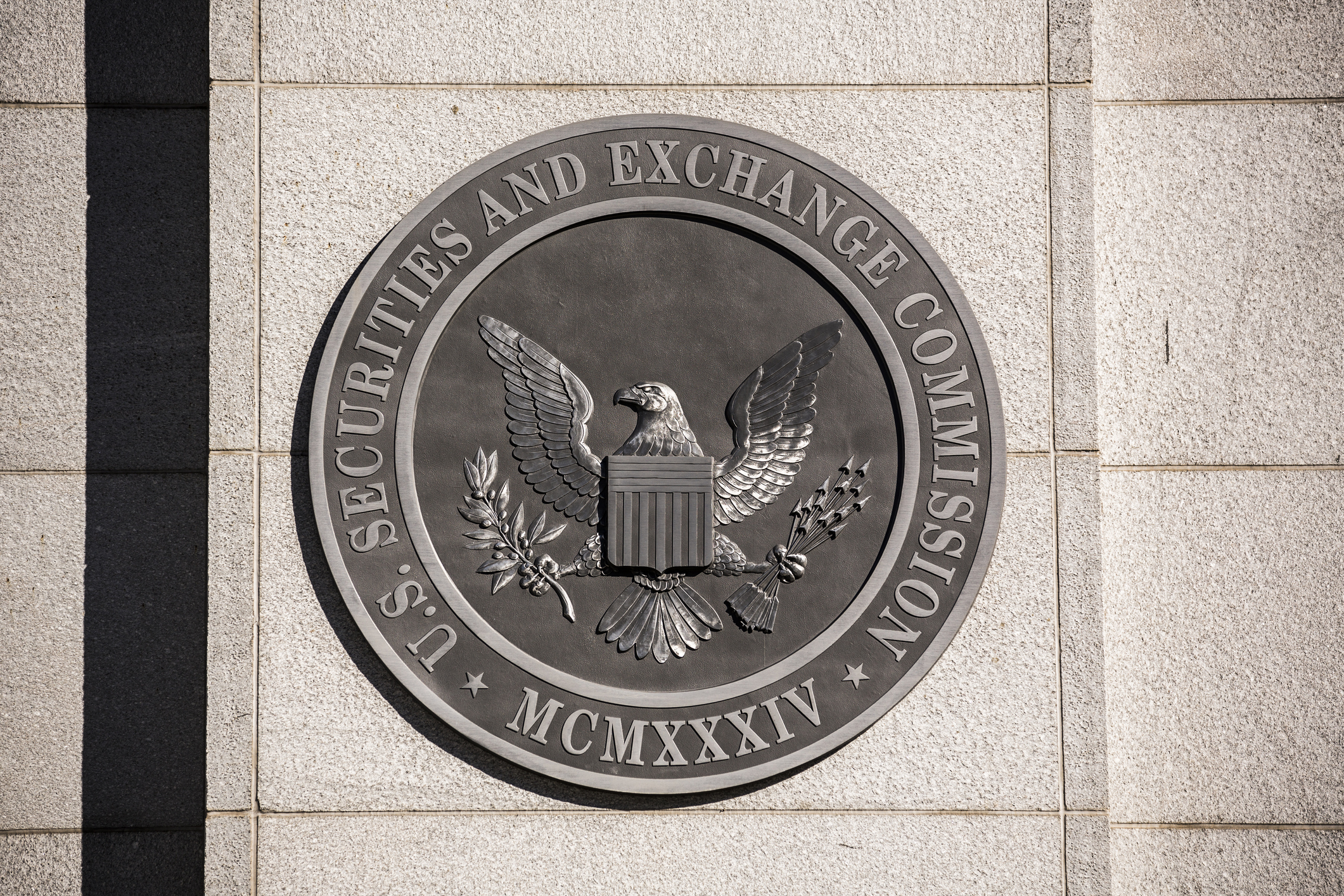The SEC Marketing Rule update changed regulations to reflect a more digital-first financial planning landscape. One of the most prominent changes reflected in this rule is the allowance of testimonials as part of wealth management advertising and marketing initiatives.
But now that the rule allows financial professionals to use those testimonials, an Investment Adviser Association survey shows that only five percent of respondents have actually increased their use.
That reluctance may stem from anxiety over unfamiliarity with the rule – after all, your organization doesn’t want to the risk hefty fines or reputational risks associated with incorrect testimonial disclosures.
To help you get started in your testimonial journey, we’ve put together this guide for crafting compliant testimonial disclosures in your advertising.
Related: How to Improve Marketing Compliance
What is a testimonial disclosure?
With the rule update, you’re now welcome to use testimonials as long as you meet certain disclosure requirements. The SEC writes:
“Advertisements must clearly and prominently disclose whether the person giving the testimonial or endorsement (the “promoter”) is a client and whether the promoter is compensated. Additional disclosures are required regarding compensation and conflicts of interest. There are exceptions from the disclosure requirements for SEC-registered broker-dealers under certain circumstances. The rule will eliminate the current rule’s requirement that the adviser obtain from each investor acknowledgements of receipt of the disclosures.”
Wherever you use testimonials on your website or social media, you’ll need to include a proper disclosure statement.
| Testimonial vs. Endorsement
It is important to note that the SEC differentiates “testimonials” from “endorsements.” Essentially, a testimonial comes from a client of your organization, while an endorsement comes from another promoting your services. For example, if a professional or center of influence (COI), who is not a client of your firm, were to promote your services, that would constitute an endorsement. |
How to craft testimonial disclosures compliant with the SEC Marketing Rule
A recent article from Kitces.com outlines the five major disclosure requirements for testimonials, the first three of which must be displayed “clearly and prominently” within the advertisement.
1. State client status
First and foremost, you’ll need to include whether or not the testimonial was given by a current client or non-client. You don’t have to name the testimonial-giver; just stating their client status will suffice.
This particular firm does a great job of including testimonials with transparency. In addition to proper disclosure information, they have links to additional disclosure documents and information. They also provide the survey questions they included when asking clients for feedback, with a sample of client answers that were submitted.
2. Disclose whether or not there was any compensation
Next up, you’ll need to disclose whether or not the person giving the testimonial was compensated. You don’t need to list what amount was paid, just whether it was cash or non-cash compensation. Non-cash compensation could include gifts, fee waivers, etc.
Related: SEC Issues Investment Adviser Guidance on Social Media Usage and Testimonials
3. Be transparent about any real or potential conflicts of interest
The last disclosure that will need to be displayed within the same “four corners” of the advertisement that includes the testimonial pertains to conflicts of interest.
Essentially, you’ll need to outright state whether or not there is a conflict of interest (real or potential) between you and the person giving the testimonial.
4. Compensation arrangements
This disclosure doesn’t need to be directly in your advertisement; it can be linked elsewhere. To satisfy this requirement, you’ll need to disclose what specific compensation was given for the testimonial.
If there are any other payment contingencies, such as a promise of payment for the testimonial in the future, you’ll want to include that too. In this case, it’s best to be as transparent as possible about any compensation, whether cash or non-cash.
5. Conflicts of interest via compensation
The final disclosure addresses conflicts of interest due to aforementioned compensation arrangements. In essence, you’ll need to state that there is an inherent conflict of interest in offering compensation for testimonials, since the individual may be motivated by such payments.
Other important aspects of testimonial disclosures
In addition to crafting a compliant-friendly disclosure statement, it’s also important to note that financial professionals cannot “cherry-pick” testimonials to include in their advertising. That means that when asking for a testimonial from clients, you must ask your entire book of clients – not just the ones you expect to leave positive feedback.
Furthermore, you must have a fair and balanced representation of all those testimonials in your advertising materials. You’ll need proper documentation proving you’ve asked your entire client base and are using both positive and any potentially negative reviews should the SEC come knocking.
Testimonials can be a great addition to your advertising strategy – with the right disclosures in your arsenal. Use the above guide to start crafting your own testimonial disclosures with confidence.
Learn more with ComplySci
Want to learn more about crafting compliant marketing materials? Speak to a regulatory expert today!




